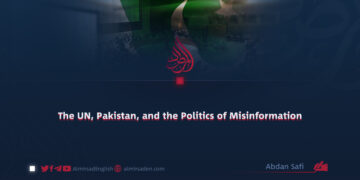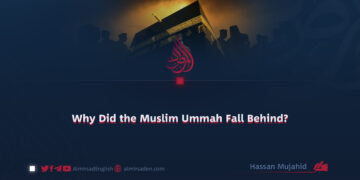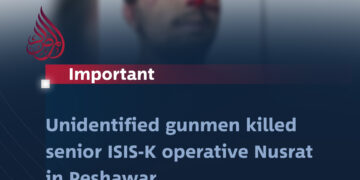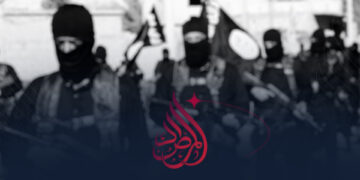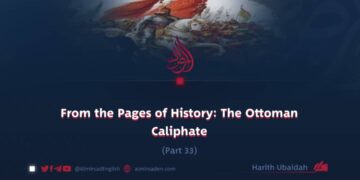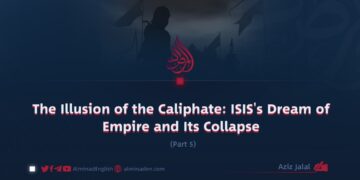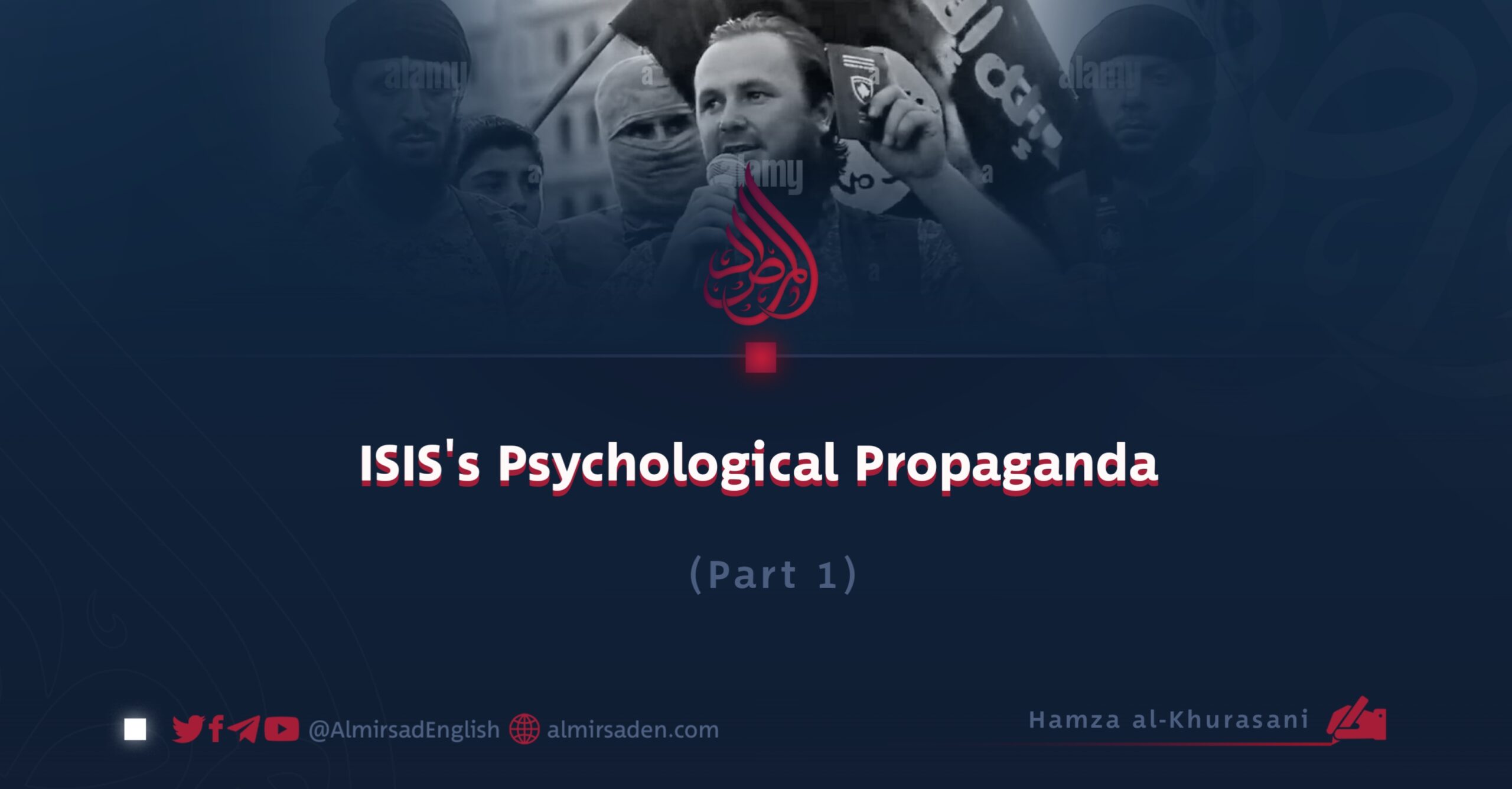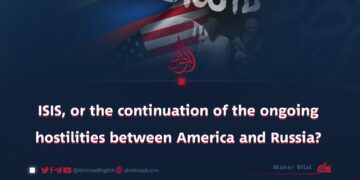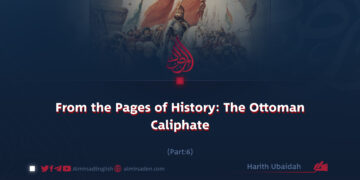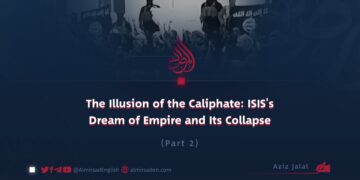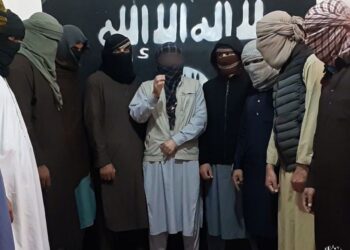Part 1
Hamza al-Khurasani
The Psychological Warfare Tactics of a Propaganda Monster
ISIS was never merely an extremist group. It was a calculated and technologically sophisticated propaganda machine that turned violence into an art form. By combining the most barbaric practices of the Middle Ages with the advanced media techniques of the modern era, ISIS weaponized media to transform terrorism into a terrifying yet captivating commercial product. Its psychological warfare tactics serve as a disturbing case study of how global media can be dangerously manipulated.
Under the guise of Islam, this delusional and extremist organization employed a range of psychological operations to instill fear, distort perceptions, and recruit vulnerable individuals. The following is an analysis of the key psychological warfare tactics that formed the backbone of ISIS’s propaganda strategy:
1. Producing Hollywood-Style Content with Hellish Messages
ISIS invested heavily in producing high-quality media content by hiring professional filmmakers and using sophisticated equipment to create videos that rivaled Hollywood standards. Their productions featured cinematic techniques such as professional-grade cameras, choreographed lighting, seamless editing, epic music scores, and structured narratives. These elements amplified the horror and spectacle of violence. Understanding that visual quality adds credibility, ISIS used this to present its atrocities as both chilling and mesmerizing to global audiences.
2. Creating Symbols and Myths
ISIS constructed charismatic mythologies around foreign fighters and so-called martyrs, crafting heroic narratives to appeal to alienated and impressionable youth. Recognizing that modern societies still crave symbols and legends, the group manufactured archetypes of religious warriors and self-proclaimed saints to serve as aspirational figures for recruitment and ideological inspiration.
3. Playing with Contradictions
The group deliberately juxtaposed scenes of tenderness and barbarity to create cognitive dissonance. For example, a fighter might be shown affectionately petting a kitten in one frame, and in the next, brutally executing a captive. These shocking contradictions were not accidental; they were designed to unsettle viewers, stir curiosity, and reinforce the unpredictable and ruthless nature of the group.
4. Exploiting Western Media
ISIS understood that sensationalism drives the global news cycle. It timed and tailored its violence to attract maximum coverage from major outlets such as CNN and BBC. Their operations were often calibrated to be shocking enough to dominate headlines but not so excessive as to desensitize viewers. By doing so, ISIS manipulated global media platforms into amplifying its terror, often unintentionally. In some instances, the group even treated murder as a rehearsal, using innocent lives as disposable props in a gruesome performance.
5. Creating a False Sense of Belonging
ISIS launched sophisticated digital campaigns and employed emotionally charged hashtags to cultivate a fictional sense of community. Disenfranchised youth, particularly in Europe, who felt excluded or marginalized in real life, were led to believe they were part of something grand—the so-called “Great Caliphate.” Through this illusion of belonging, many were drawn into a destructive fantasy built on deception, violence, and ideological manipulation.
6. Manipulating Time and Space
ISIS understood that the psychological impact often depends more on timing than on firepower. They strategically released execution videos during peak global media hours to maximize reach and influence. Their mastery of media timing allowed them to broadcast threats and atrocities with heightened psychological effect, projecting themselves as omnipresent and omnipotent.
7. Personalizing Fear
To enhance the sense of vulnerability, ISIS sent direct threats to journalists, politicians, and public figures. These personal warnings created the perception that no one was beyond the group’s reach. This tactic turned fear from a general concept into a specific and immediate psychological threat.
8. Abusing Religious Symbols
ISIS exploited Islamic symbols to falsely legitimize its crimes. Execution videos often began with recitations of Qur’anic verses, creating the impression that their actions had divine sanction. By cloaking their brutality in religious language, the group aimed to deceive viewers into believing Islam condones such violence. In reality, their actions were entirely at odds with Islamic teachings, which unequivocally reject and condemn this form of extremism.
9. Creating an Illusion of Power
ISIS displayed rows of fighters and military equipment to project the image of an organized and invincible army. Much of this imagery was exaggerated or fabricated, intended to intimidate and impress a global audience. Over time, the reality of their diminishing power revealed the hollowness of these illusions.
10. Weaponizing Body Language
ISIS carefully choreographed the emotional dynamics in their execution videos. Perpetrators were shown calm and composed, while victims trembled in visible fear. This stark contrast sent a deliberate message: we are dominant; you are powerless. It was a psychological tactic designed to enforce submission and suppress resistance.
Conclusion
At the height of its media campaign, ISIS disseminated an estimated 90,000 tweets per day and raised millions of dollars through digital fundraising and recruitment. However, this apparent media triumph ultimately led to its decline. The group’s brutality became so excessive that even its earliest supporters could no longer tolerate it.
ISIS’s propaganda legacy underscores a critical truth of the digital era: warfare is no longer waged solely with weapons. Today, a camera can be more destructive than a cannon, and a hashtag more lethal than a machine gun. In this new age, the battlefield of the mind has become just as decisive as the battlefield of land.



